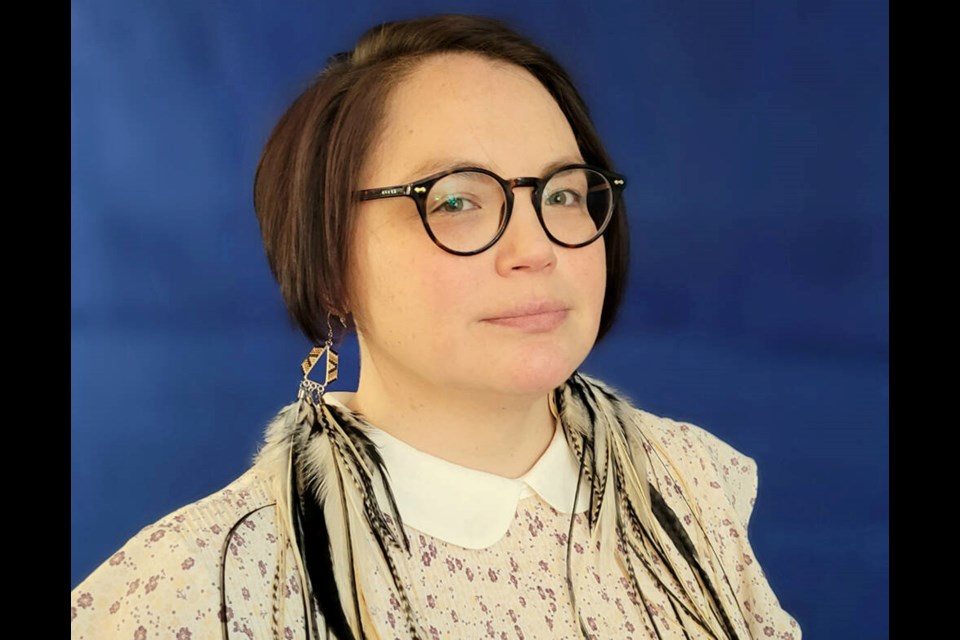An Inuit artist and writer – who specializes in comic art – has been named Kwantlen Polytechnic’s Indigenous artist and writer in residence.
Napatsi Folger spent the first 15 years of her writing and art career not necessarily focusing on her Indigenous background.
But that has changed over the years as she realizes Indigenous artists and writers need “visibility and representation.
“Having an Indigenous writer and artist in residence is incredibly important for young Indigenous people to see that they can succeed in traditionally colonial institutions, make space for themselves, and find support when they might feel alone or overwhelmed,” Folger explained. “Indigenous writers and artists in particular have different barriers and opportunities when it comes to early career work, and I think it’s an important distinction to have an Indigenous writer and artist in residence who understands the nuances of that experience.”
Born in Iqaluit, Nunavut, Folger moved to North Vancouver as a child and grew up hungry for stories from her family and community.
Inuit, she said, are excellent storytellers. And as an oral storytelling culture, Inuit have a different way of structuring those stories.
“I have always found Inuit very funny. We have overcome a lot of adversity and maintained a great sense of humour, and I think that makes for excellent foundations for both art and writing,” said Folger, whose work is inspired both by her Inuit community and her late filmmaker-writer father, Edward Folger.
Folger holds a master of fine arts degree in creative writing from the University of B.C.
Among her published works is a 2011 children’s book about growing up in Nunavut called Joy of Apex.
Folger said she finds joy in learning about new artforms and experimenting with creativity, thus, she has long struggled to define her artistic practice. Most of her writing is nonfiction.
She also draws beads and sews.
But Folger’s favourite medium is comic art, allowing her to “embrace a style that layers deep, emotional stories with humour.”
“Topics that affect my people that relate to social justice and decolonization are particularly strong themes in my work,” Folger said. “But when it comes to my comics I usually find inspiration in the everyday, in my dealings with family and friends and with lighter, funnier subject matter. For my beadwork, I often take inspiration from the natural world, and my colour palettes are often borrowed from animals and landscapes. I’ve made Arctic char themed earrings for example, where the colours reflect the various silvers and greys of the scales and bright orange of the flesh.”
Working with students in the Faculty of Arts, Folger will keep regular office hours, offer drop-in virtual writing sessions and host in-person events on campus. Classroom visits are also on her calendar for the term.
Mentoring writers, she said, is a rewarding experience.
“It is a pleasure to have the opportunity to look back at the various mistakes and successes I’ve had throughout my career and translate them into lessons for new and emerging artists and writers. I hope to continue to do so as much as possible while meeting with incredible students and seeing the work that they have to share with the world.”



